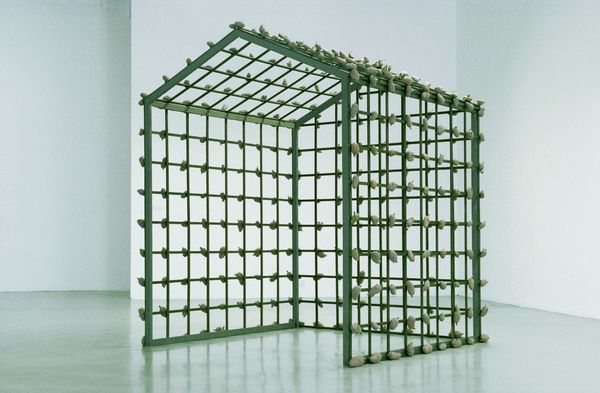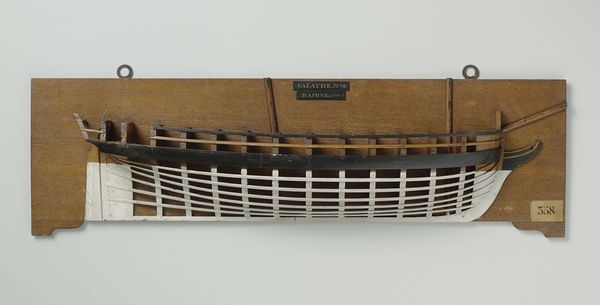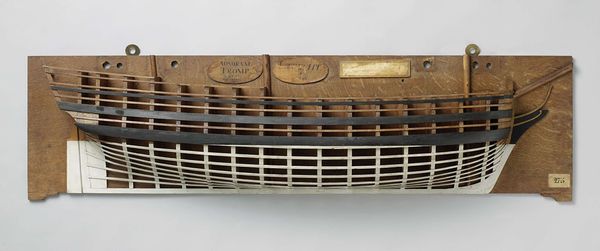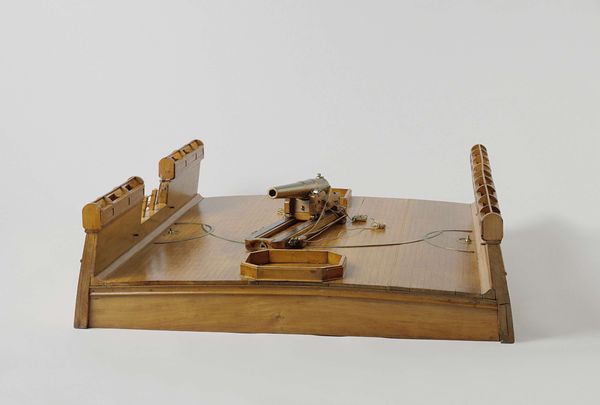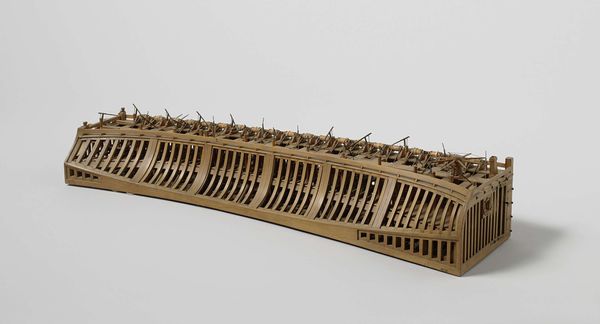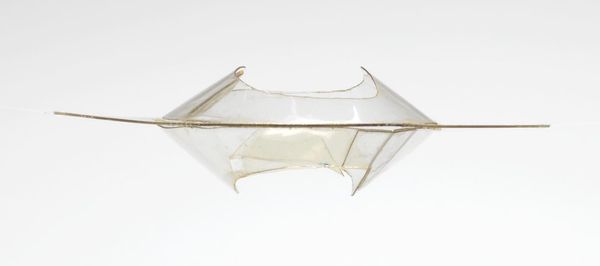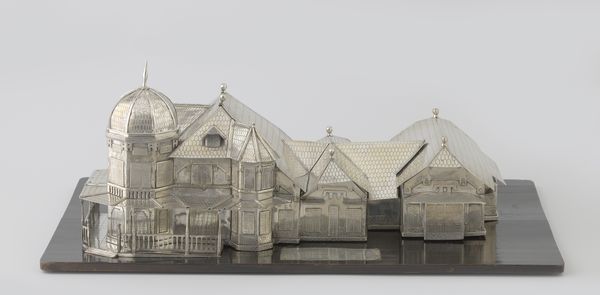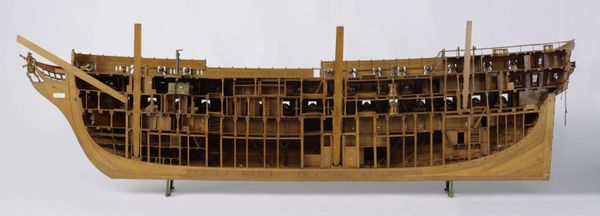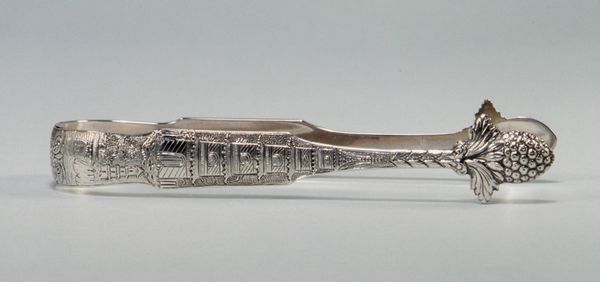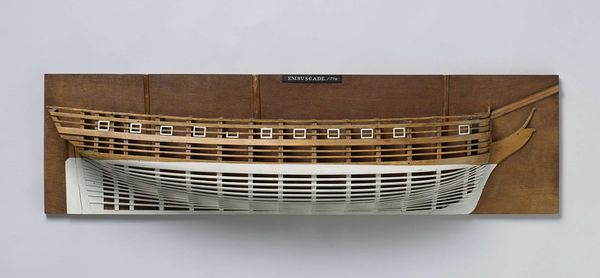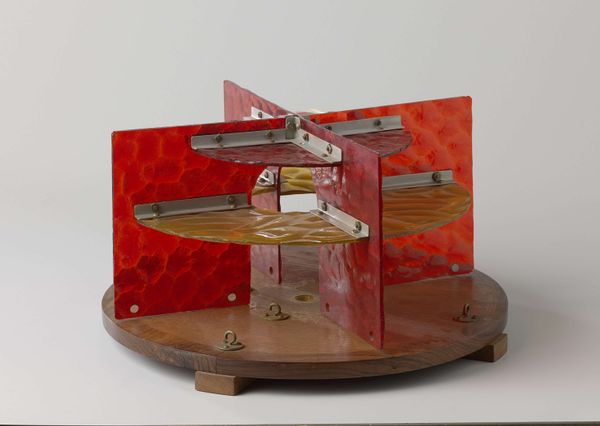
metal
#
art-nouveau
#
metal
#
form
#
geometric
#
line
#
decorative-art
Dimensions: 6 x 10 1/4 x 5 1/2 in. (15.24 x 26.04 x 13.97 cm) (to handles)
Copyright: No Known Copyright
Curator: The first word that springs to mind looking at this is "architectural". It's metal, but looks light and airy, almost as if it's made of the most delicate wire. Editor: Well, you've nailed it in a single word. We're looking at a "Basket," crafted sometime between 1905 and 1910. The artist is Josef Hoffmann, a significant figure in the Viennese Secession movement. You can find this piece over at the Minneapolis Institute of Art. It really stands out, doesn’t it? Curator: It truly does! I see echoes of ancient basket-making traditions but refracted through this early modern sensibility. The geometric patterns—those tiny squares—feel very deliberate, as though the artist wants to capture light itself. It's a basket, yes, but almost as a suggestion of containment rather than actual utility, I think. It makes you question the object's purpose. Is it more art than functional item? Editor: Ah, that’s the genius of Hoffmann, isn’t it? He's constantly playing with the expected and the unexpected. Those repeated squares, that angular zig-zag form... They evoke both nature and the machine age, order, and organic form—almost a tension between them. For me, the gridded structure, seen symbolically, embodies the rational mind attempting to organize and contain the fluidity of life. Consider the symbolism of vessels through history. They traditionally represent feminine principle, nurturing and receptivity, and it might be interpreted as an exploration into control versus natural abundance. Curator: Very insightful. Perhaps there's a deeper meaning woven into it. For me, this piece speaks about aspirations and the boundaries of imagination. The transparency begs what’s beyond the physical. There's this inherent playfulness in it; a reminder of what can be accomplished through human creation. Editor: Definitely, it's an inspiring work, provoking multiple emotional and symbolic readings beyond its function as mere utilitarian. Thanks for sparking that thread of exploration. Curator: My pleasure. I feel the exact same way about that geometric whimsy.
Comments
minneapolisinstituteofart almost 2 years ago
⋮
Josef Hoffmann, a founder of the Wiener Werkstätte (Vienna Workshops) in 1903, developed designs for various household objects made of gitterwerk, or gridwork, such as the basket and storm lantern in this case. The gridded sheets of base metal were thus the structure of the objects as well as their decoration. Affordably made, they were often nickel- or silver-plated for added attractiveness. The pervasiveness of simplicity and geometry in Hoffmann's designs during this period can be seen in his Wasserfall textile, as well as his designs for furniture.
Join the conversation
Join millions of artists and users on Artera today and experience the ultimate creative platform.
